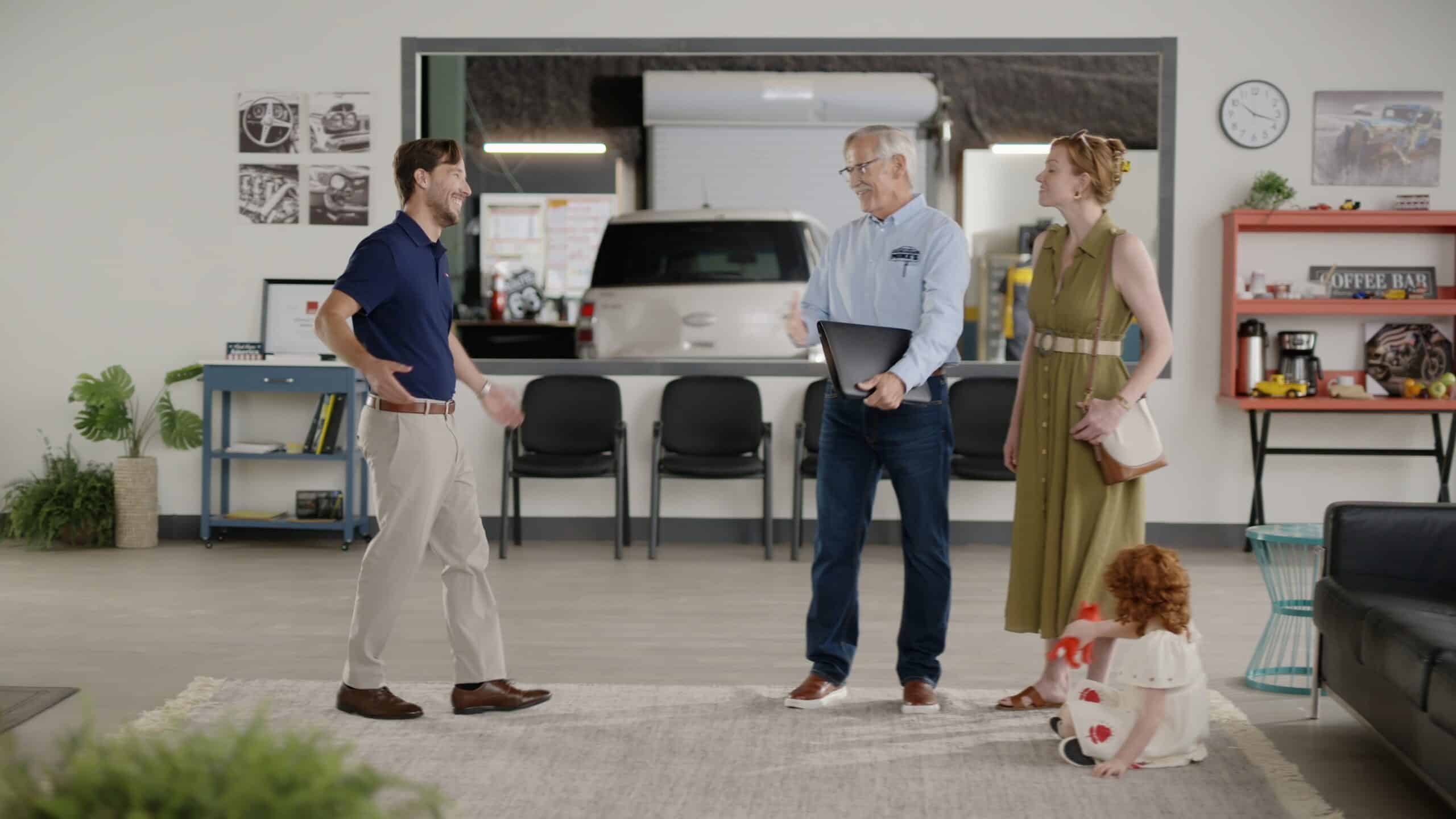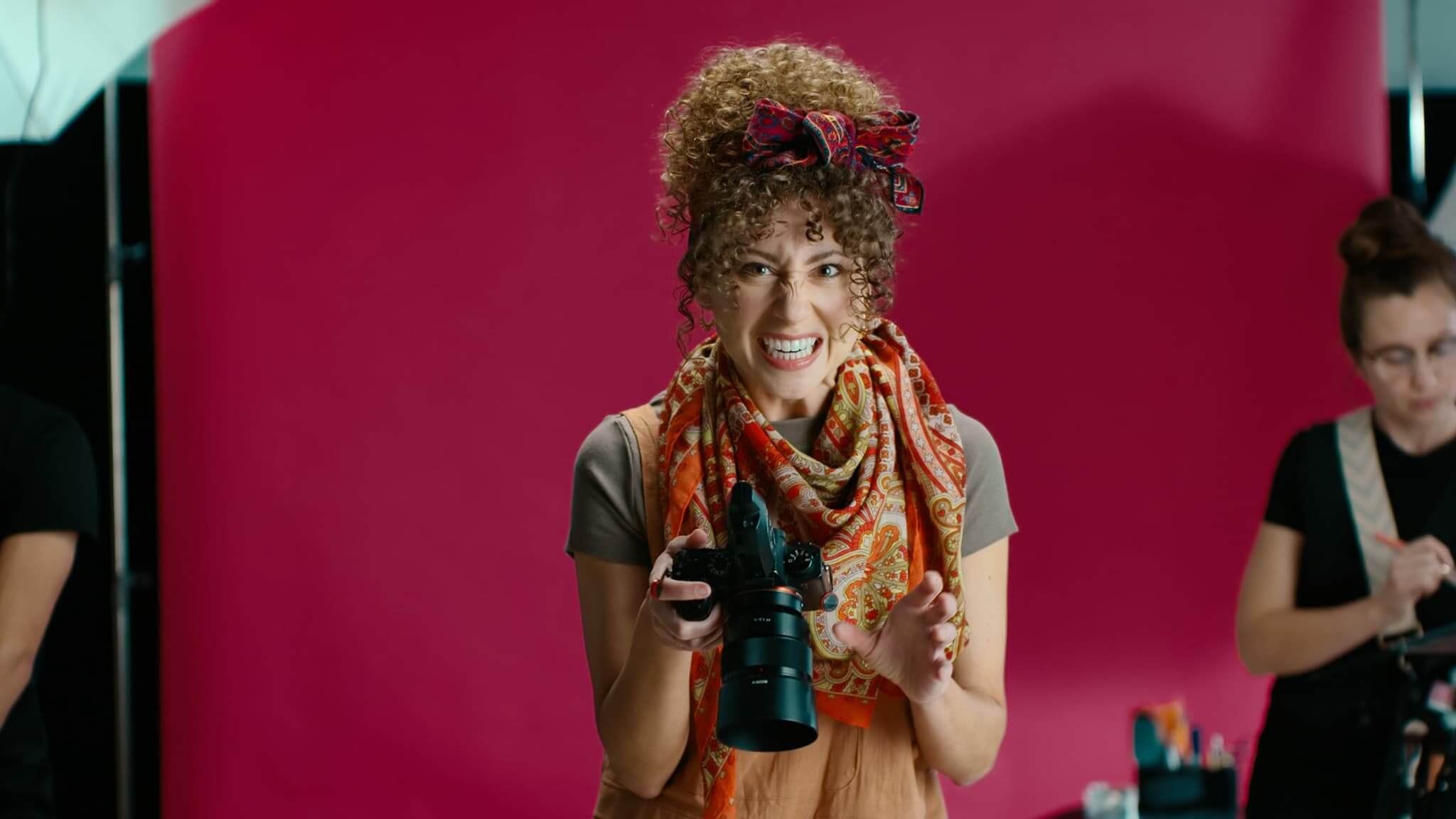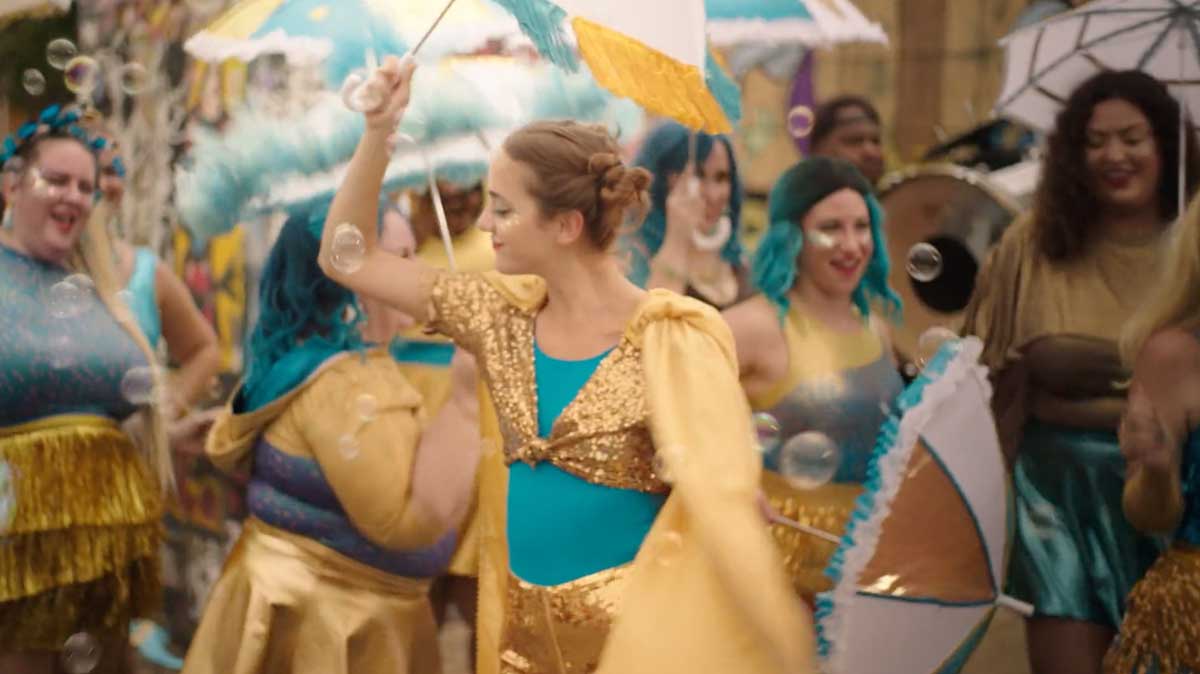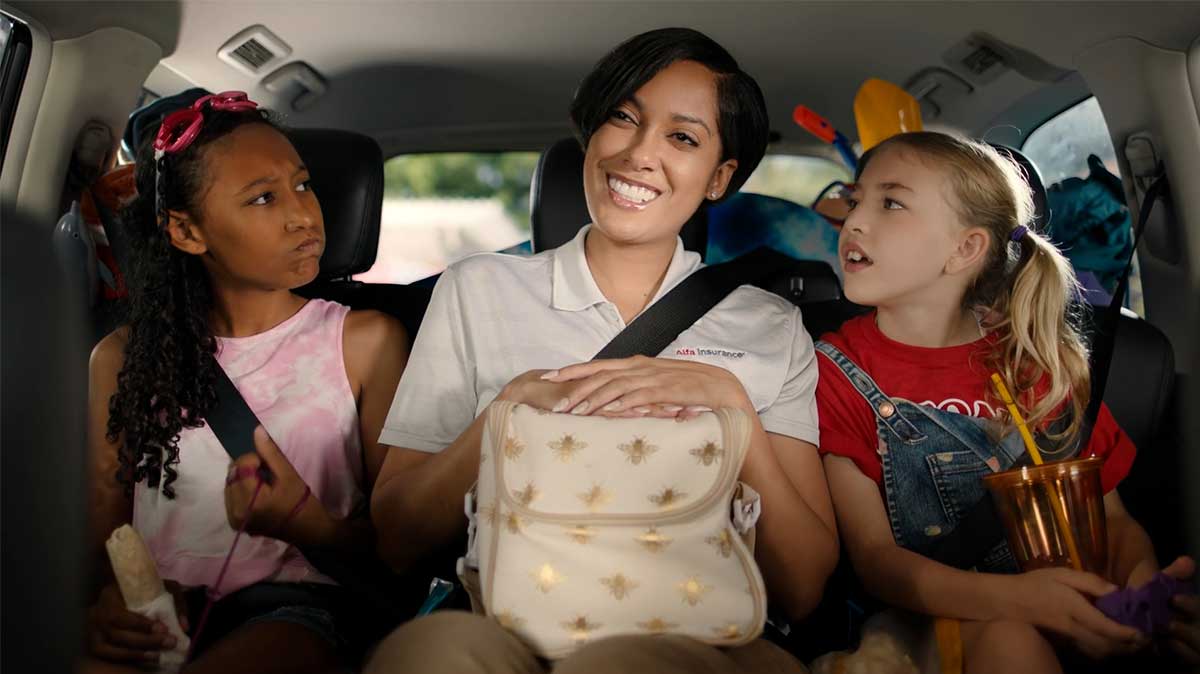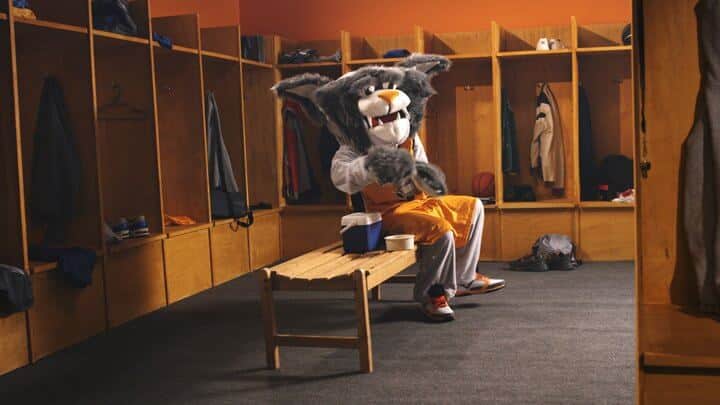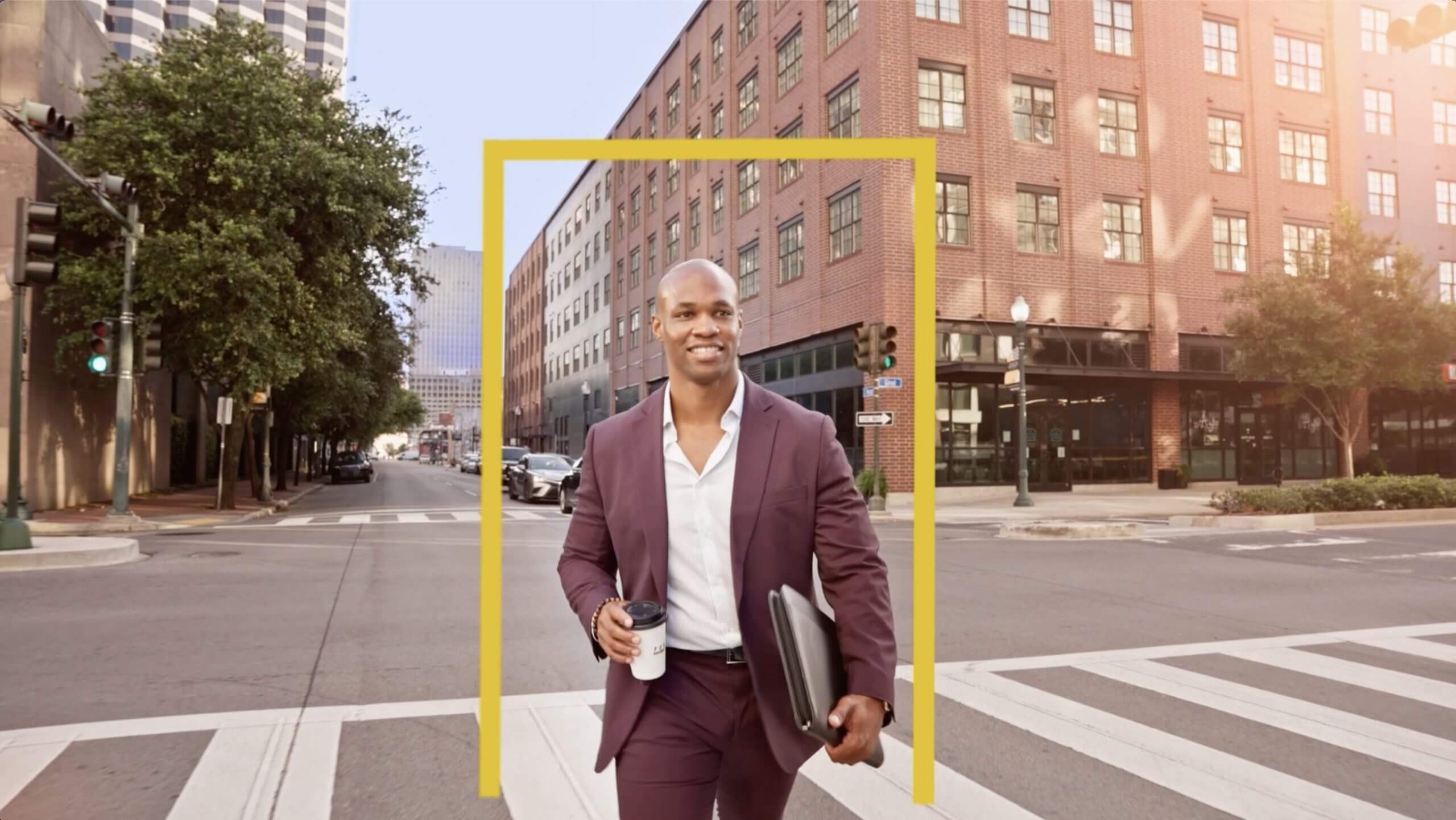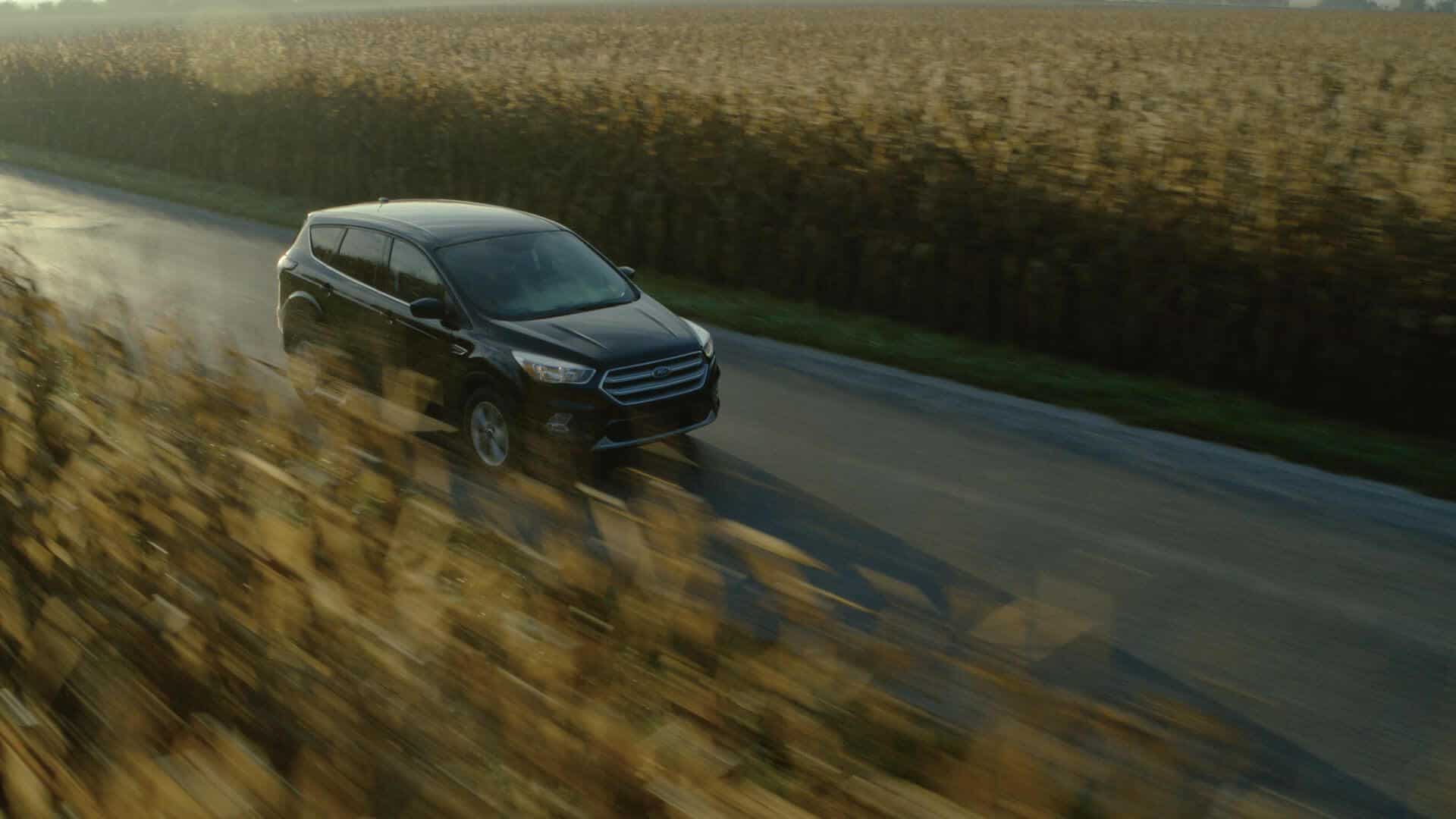Wait, AI in a Documentary? Really?
Sounds pretty counter-intuitive, right?
Documentaries are all about showing you real things. Real people. Real conversations. Real places. The idea of AI being involved in that process sounds kind of cringe. It feels like it breaks the audience's trust, or makes the content less authentic.
But hold on. Stay with me.
We’re not talking about hitting a button and letting AI spit out a finished video. We’re talking about integrating AI into our video production workflow to help us work smarter, stay organized, and make better creative decisions.
Integrating AI into Documentary-Style Video Production
Because here’s the thing. Making a documentary-style brand film involves a lot more than just filming some footage and splicing it together. There’s a mountain of logistics and hours of footage to deal with. That’s exactly where AI tools in video production can actually help.
We used AI extensively in our pre-production process for this project. After conducting pre-interviews with our subjects, we used AI to help us organize the transcripts from the conversations into content sections, from which we were able to build a "script" to guide the final interviews. Then, once we had actual interviews in the can, we could quickly line things up against those early outlines to see what was working and what was missing. It gave us a solid starting point, even though we knew we’d end up shuffling the whole thing around a dozen times in the edit. That early organization let us move faster and focus more of our time on refining the story rather than just figuring out what we had.
Faster Video Editing with AI-Powered Search and Transcripts
Once we sat down with the footage we used AI to transcribe interview dialogue and sort through raw footage based on content. That might sound small, but it made a huge difference. When you’re shaping a story out of real interviews you're often chasing down a line that you think you remember someone saying. Or maybe you’re not sure if they said it at all, but you’re hoping they did. Normally that means digging through hours of clips and notes. This can feel like sifting through a mountain of sand to find a single gem. But with AI-generated transcripts and content tagging, we were able to instantly search interviews and see where people talked about specific topics. It saved time. It made the process cleaner. And the final edit came out better because of it.
Saving Great Shots with AI-Assisted Cleanup
We used the same mindset to make other parts of the process smoother and more efficient. Even on the visual side of things, there were often little fixes needed to make shots usable. We used AI to help clean up shots that required elements to be removed. A license plate here. A C-stand there. Sometimes even a camera operator in the wrong place spoiling an otherwise perfect moment. Thanks to AI, that moment could be saved and contribute to the original vision instead of ending up on the cutting room floor.
These are the kinds of tasks that traditionally fall to compositing, and we still approach as compositors. But now we have AI tools for post-production that can assist with those paint outs. AI doesn't replace the compositing process, or the need for compositing tools. It just make certain things faster and easier to do. A use like this is a great example of a hybrid video editing workflow, where the core workflow stays the same but AI speeds it up, and often improves the result. Because of the improvements in speed and efficiency, it’s a lot easier to make the call to run one of these shots through the pipeline, and thus be able to use it in the edit. In this case, AI helped us avoid making compromises on our ideal final product.
Using AI to Maximize Story Impact
The goal is always to help the viewer stay locked in on the story. Clean up distractions. Keep things focused. And if AI tools for video production can help us get there quicker without sacrificing quality, that’s a win every time.
Want to see the finished film? [Check out the LA.IO project here.]





